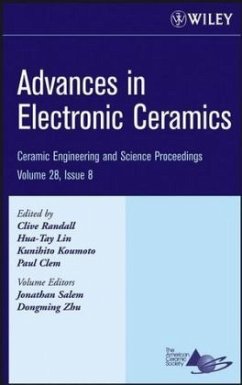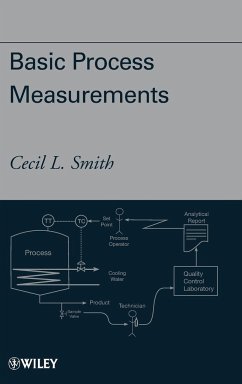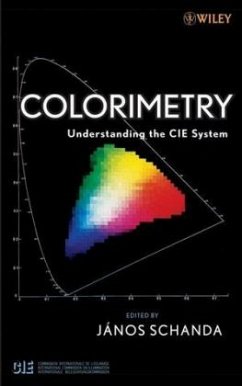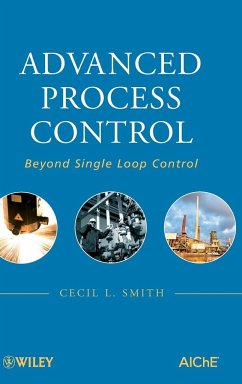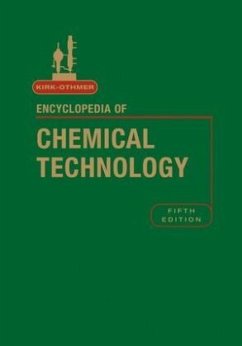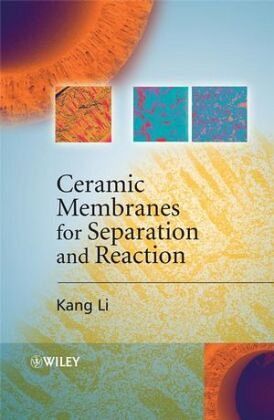
Ceramic Membranes for Separation and Reaction

PAYBACK Punkte
96 °P sammeln!
Ceramic membranes have been developed for similar process applications to polymeric membranes applications, including ultrafiltration, desalination, gas separation, pervaporation, and biochemical reactions. They are used especially where high alkaline (or acid) feed solution or high temperature operation precludes the use of existing polymeric membranes. In general, a ceramic membrane can be described as a permselective barrier or a fine sieve. Ceramic membranes are usually composite ones consisting of several layers of one or more different ceramic materials. They generally have a macroporous...
Ceramic membranes have been developed for similar process applications to polymeric membranes applications, including ultrafiltration, desalination, gas separation, pervaporation, and biochemical reactions. They are used especially where high alkaline (or acid) feed solution or high temperature operation precludes the use of existing polymeric membranes. In general, a ceramic membrane can be described as a permselective barrier or a fine sieve. Ceramic membranes are usually composite ones consisting of several layers of one or more different ceramic materials. They generally have a macroporous support, one or two mesoporous intermediate layers and a microporous (or a dense) top layer. The bottom layer provides mechanical support, while the middle layers bridge the pore size differences between the support layer and the top layer where the actual separation takes place. Commonly used materials for ceramic membranes are Al2O3, TiO2, ZrO2 and SiO2 or a combination of these materials.
This book is a single-authored guide to the developing area of ceramic membranes. It starts by documenting established procedures of ceramic membrane preparation and characterization. The book then focuses on gas separation, the processes involved with the transport and separation of gases in porous ceramic membranes, ceramic membrane modules for gas treatments, the transport of oxygen and hydrogen in dense ceramic membranes, and ceramic hollow fiber membranes for oxygen enrichment. The final chapter covers ceramic membrane reactors. Chapters provide key examples to illustrate membrane synthesis, characterization and applications in industry. The theoretical principles, advantages and disadvantages of using ceramic membranes under the various conditions are discussed where applicable.
The book is aimed at industrial and academic researchers and process developers working on membrane technology and development. Industries for which this book is applicable include: pharmaceutical, food and beverage, biomedical applications (tissue development), waste and wastewater treatment, petrochemicals and energy conversion. It is also relevant to upper-level undergraduates and Masters students taking modules on membrane science, as well as PhD candidates within departments of chemical and process development who would use this book as a source of reference.
This book is a single-authored guide to the developing area of ceramic membranes. It starts by documenting established procedures of ceramic membrane preparation and characterization. The book then focuses on gas separation, the processes involved with the transport and separation of gases in porous ceramic membranes, ceramic membrane modules for gas treatments, the transport of oxygen and hydrogen in dense ceramic membranes, and ceramic hollow fiber membranes for oxygen enrichment. The final chapter covers ceramic membrane reactors. Chapters provide key examples to illustrate membrane synthesis, characterization and applications in industry. The theoretical principles, advantages and disadvantages of using ceramic membranes under the various conditions are discussed where applicable.
The book is aimed at industrial and academic researchers and process developers working on membrane technology and development. Industries for which this book is applicable include: pharmaceutical, food and beverage, biomedical applications (tissue development), waste and wastewater treatment, petrochemicals and energy conversion. It is also relevant to upper-level undergraduates and Masters students taking modules on membrane science, as well as PhD candidates within departments of chemical and process development who would use this book as a source of reference.



